 Marlsgate
Marlsgate
Entry Category: Arts
 Marlsgate
Marlsgate
Marquette Hotel
aka: Riviera Hotel
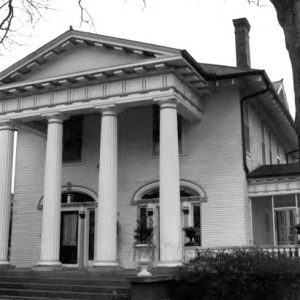 Marshall House
Marshall House
Marshall House (Little Rock)
Marshall, Fred Calvin
Martin, Roberta Evelyn
aka: Roberta Evelyn Winston Martin Austin
 Dr. James D. Mashburn House
Dr. James D. Mashburn House
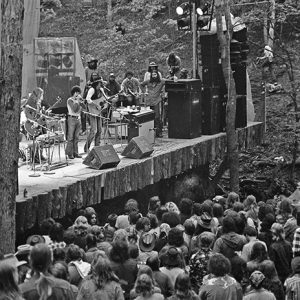 Mason Proffit
Mason Proffit
 Matthews House Driveway and Garages
Matthews House Driveway and Garages
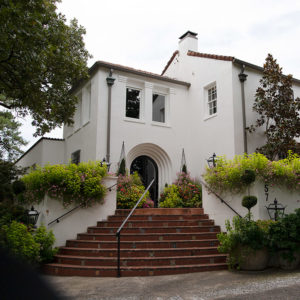 Matthews House Entrance
Matthews House Entrance
 Matthews House Garden
Matthews House Garden
 Matthews House Grounds
Matthews House Grounds
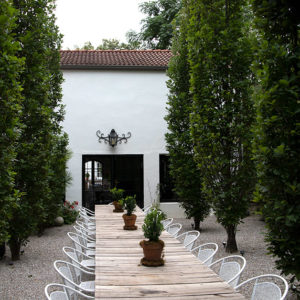 Matthews House Patio
Matthews House Patio
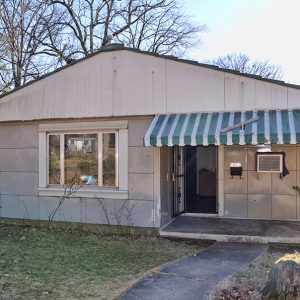 Matthews Lustron House
Matthews Lustron House
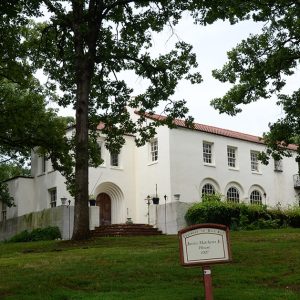 Justin Matthews Jr. House
Justin Matthews Jr. House
Maumelle Ordnance Works Bunker No. 4
 Maxie Theatre
Maxie Theatre
Maxie Theatre
Maxwell, Paul E.
Mayer, Maximilian F. (Max)
McBeth, William Francis
 McCollum-Chidester House
McCollum-Chidester House
McCollum-Chidester House Museum
McCoy, Rose Marie
McCracklin, Jimmy
aka: James David Walker
McDaniel, Irven Granger
 McDonald-Wait-Newton House (a.k.a. Packet House)
McDonald-Wait-Newton House (a.k.a. Packet House)
McDonald, Thomas Newton (Tom)
McFerrin, Robert, Sr.
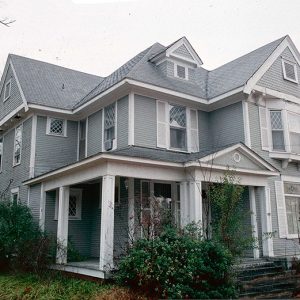 McKenzie House
McKenzie House
McKissic, James Henry (Jimmy)
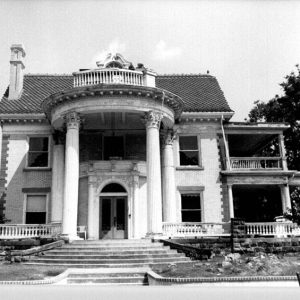 Angus McLeod House
Angus McLeod House
McMath, Betty Dortch Russell
aka: Betty Dortch Russell
aka: Betty Russell
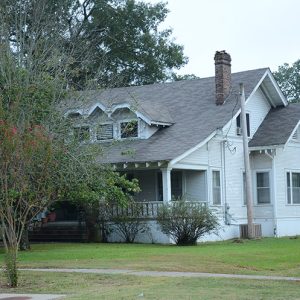 D. L. McRae House
D. L. McRae House
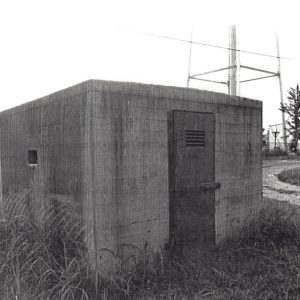 McRae Jail
McRae Jail
McRae Jail
 T. C. McRae House
T. C. McRae House
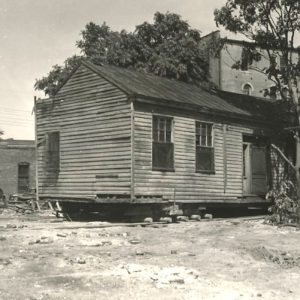 McVicar House
McVicar House
 McVicar House
McVicar House
McVicar House
Medical Arts Building
 Medical Arts Building
Medical Arts Building
 Meg-O-Harp
Meg-O-Harp
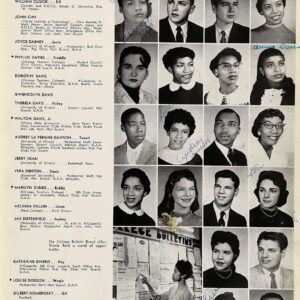 Melinda Dillon Yearbook
Melinda Dillon Yearbook
Melody Boys Quartet
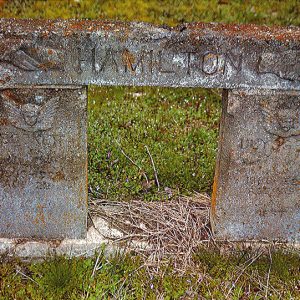 Memorial Bench
Memorial Bench
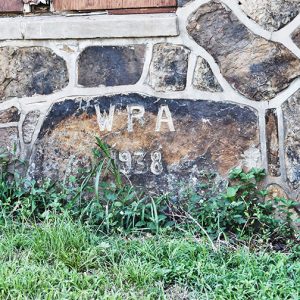 Menifee Gymnasium
Menifee Gymnasium
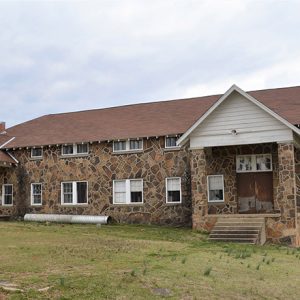 Menifee High School Gymnasium
Menifee High School Gymnasium
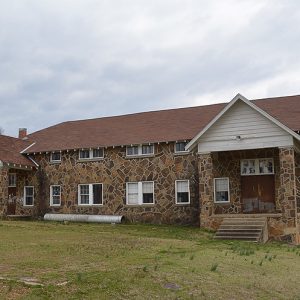 Menifee High School Gymnasium
Menifee High School Gymnasium




